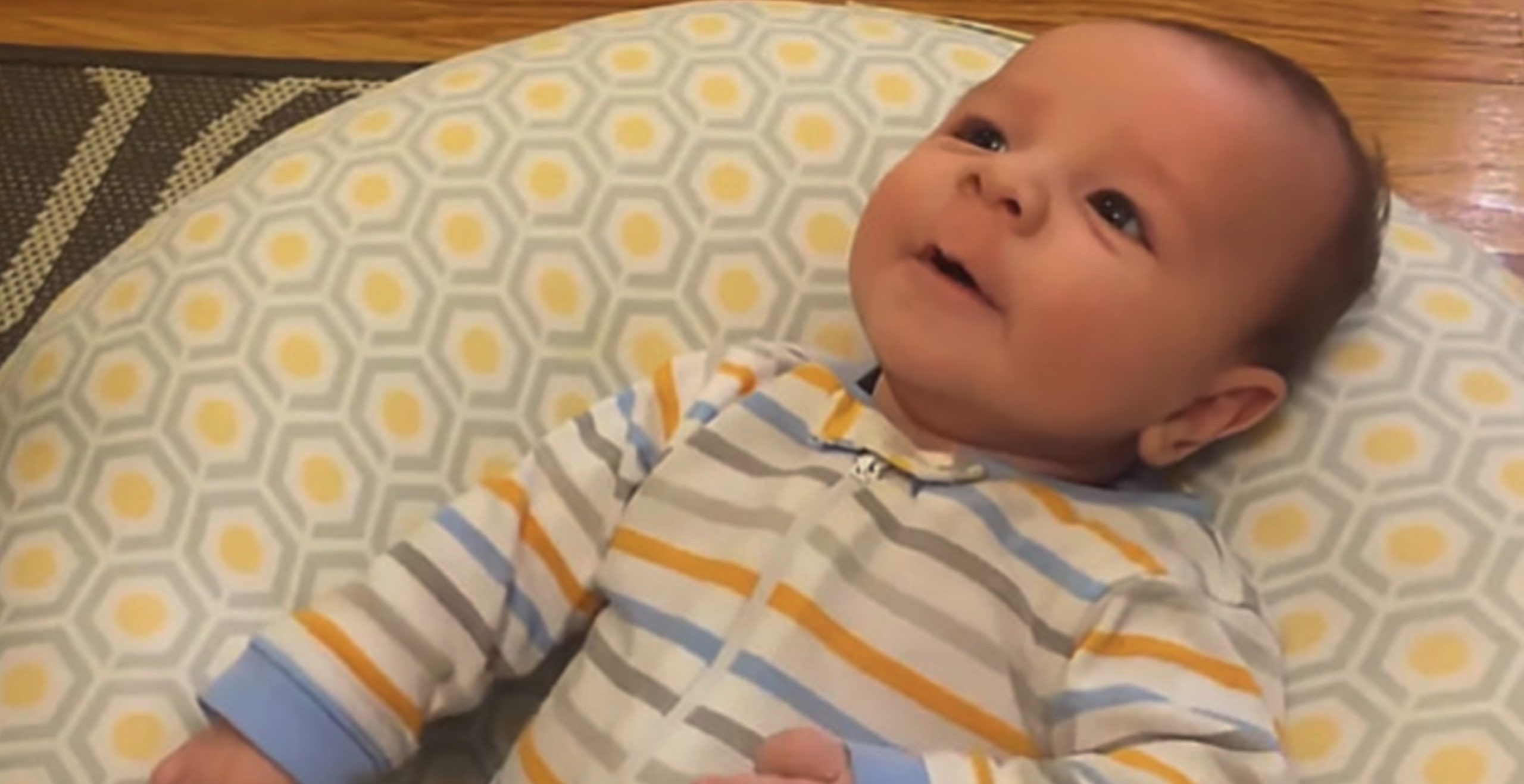Language milestones mark the significant progressions in a child’s language development, encompassing both the ability to understand (receptive language) and the ability to express (expressive language). This dual development ensures that, alongside forming words and sounds, the child also grasively interprets and responds to verbal cues.
The journey typically begins with the first word, anticipated between 10 to 14 months. By their first birthday, many infants are likely uttering one to three words, albeit simple and not entirely articulated, but unmistakably meaningful to those who know them well. They might vocalize “ma-ma” or “da-da,” or attempt names for familiar people and objects in their environment. Should a child not reach this milestone by 12 months, parents need not panic. The key is an array of vocalizations, attempts at speech, and comprehension, evidenced by actions like using gestures, recognizing their name, or pausing at the word “no.” Enjoyable activities like peek-a-boo become favorites at this stage.
As the child navigates through their first year of language learning, playful engagement with words becomes evident. Parents and caregivers can foster this development through frequent conversation and early reading, initiating no later than six months. Witnessing a child’s language evolve brings joy and eases communication, creating a shared understanding that strengthens the parent-child bond.
Anticipation builds for the pronouncement of the first word, with a burgeoning vocabulary closely following. Alongside verbal expression, children begin to employ gestures, enhancing their communication efforts. By 15 months, identifying body parts becomes a new skill, paving the way for naming everyday objects by 18 months. This period also sees a growing interest in books and songs, enriching the child’s auditory and cognitive experiences.
By the age of 18 months, a child’s vocabulary typically reaches at least ten words, escalating rapidly post this threshold, especially after the vocabulary expands to 50 words. Some children experience a ‘word spurt,’ adopting new words at an astonishing rate. By 24 months, the ability to use numerous words and understand complex phrases matures significantly, with toddlers beginning to use two-word combinations and even refer to themselves by name.
Children are expected to follow simple instructions by 15 months and more nuanced directives by two years. This era also introduces them to combining words, forming basic sentences or queries, enhancing their interactive capabilities. However, language development is not uniform; each child’s pace varies. Initial consonant sounds emerge, with ‘d,’ ‘n,’ and ‘t’ being more accessible due to their tongue and roof-of-mouth formation. Subsequently, ‘g,’ ‘k,’ and ‘ng’ sounds develop, which require a different articulation point within the mouth.
By the second year, a clearer enunciation pattern should emerge, though it’s common for toddlers to jumble or omit certain sounds or syllable endings. A vigilant eye should note the understanding of simple, imperative words by 15 months. By 18 months, a foundational vocabulary should be evident, expanding to directive comprehension by 21 months.
Two-year-olds typically transition from babble-dominated speech to more word-focused communication, demonstrating their learning through two-word phrases and an understanding of various body parts. Parental observation during this phase is crucial, with regular pediatric check-ups providing additional developmental insights. Any concerns, particularly around language milestones, should be discussed with healthcare professionals.
Remember, each child’s developmental journey is unique. Parents should monitor for continuous language growth, celebrating each new word and phrase as a milestone in their child’s expanding world of communication. Engaging activities like reading and interactive play further enrich this learning process.
Amidst these milestones, a touching moment emerges, captured forever in a family video. It portrays an infant—enraptured and expressive—reaching out to the world with newfound words and gestures, their parents’ joy immortalized in this visual keepsake. This special period in the child’s life is a testament to the transformative power of language, marking not just a series of developmental checkpoints but the blossoming of a rich, interactive human experience.
